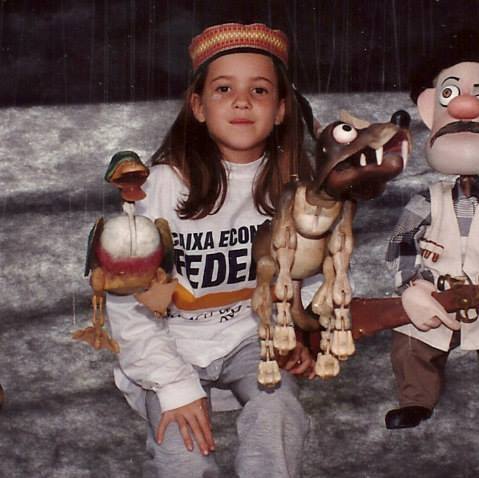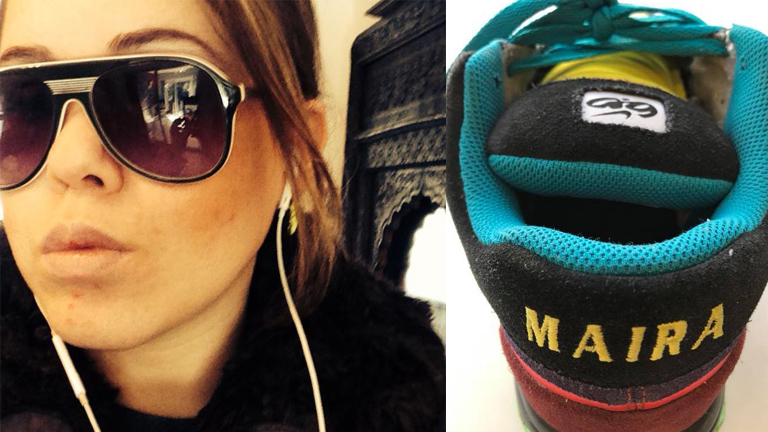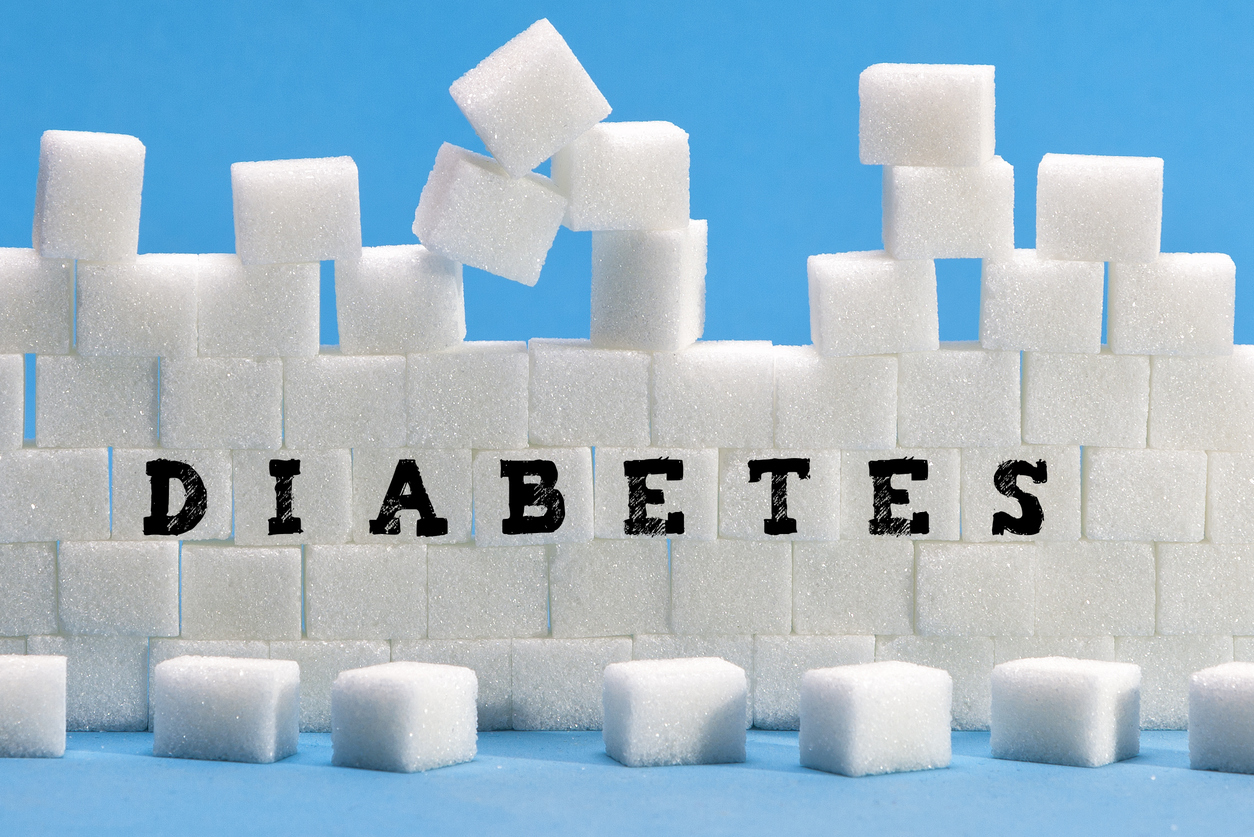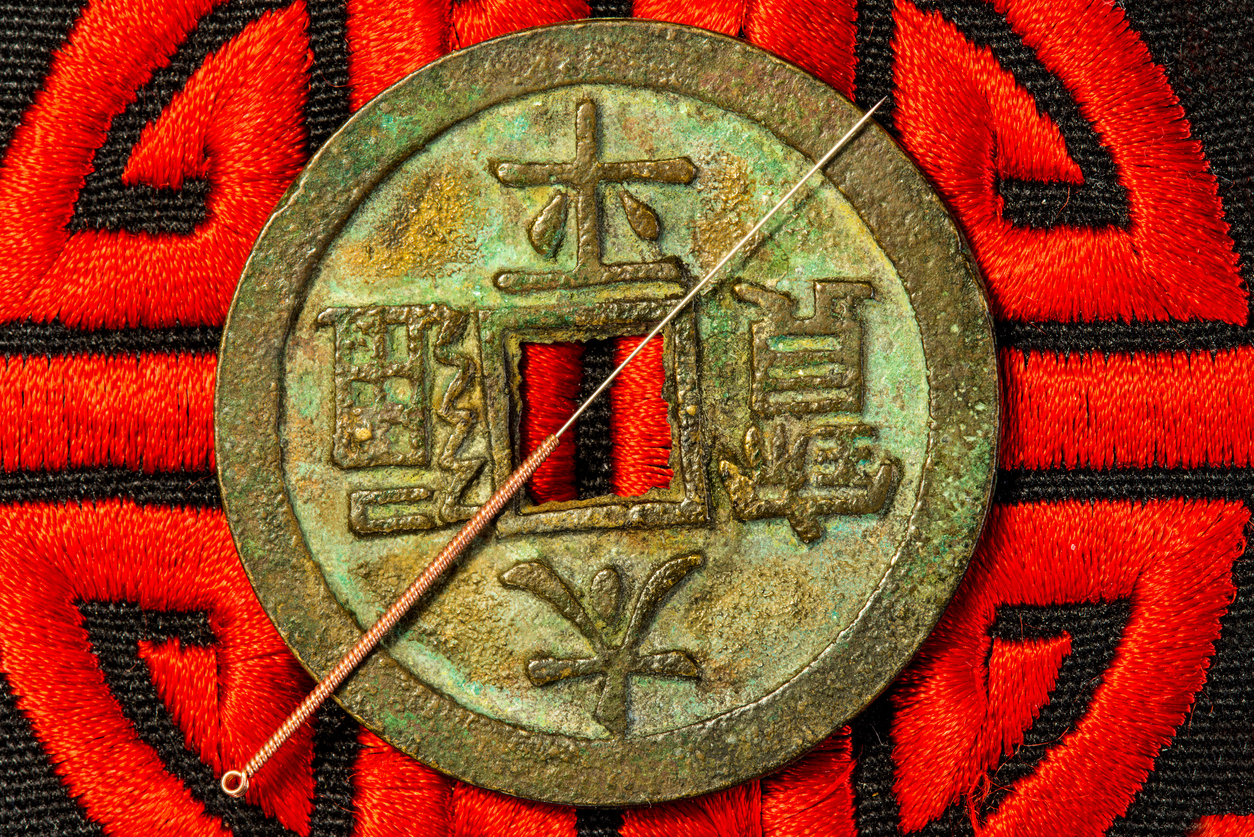Maira Hermann Zeh’s Type 1 diabetes became bulimia when she was just 15. Now 32, she shares how acupuncture restored her body, her eating and her peace of mind
A while ago, I was going through some old photos and I didn’t recognise myself. I asked my mum whether the girl in the picture was anorexic but she told me it was me. I was 17 at the time and I weighed 35 kilos.
Last year, the BBC broadcast a documentary called Diabulimia: Living with the world’s most dangerous eating disorder. I should know. I have lived with it since I was 15 and it has had catastrophic effects on my health.
According to Diabetes UK, it is estimated that a staggering 40 per cent of all women with Type1 Diabetes between 15 and 30 take less insulin in order to lose weight.
This is a conservative estimate and it is believed that in reality, this figure is closer to 60 per cent, possibly higher. Recent research from Canada suggests that 60 per cent of all women with Type 1 diabetes will experience severe eating disorder by the time they are 25.
On Diabetes Awareness Week, I am sharing my story with Healthista to help raise awareness of this destructive condition, its dire consequences and how I conquer it one day at a time.
What is diabetes?
Diabetes is a health condition in which a person’s pancreas is unable to produce enough insulin to process the carbohydrates they eat.
Insulin is produced in the pancreas and works like a key, it opens a cell’s front door so that glucose molecules can get inside and produce energy.
In Type 1 diabetes, which is what I have, insulin is destroyed by the person’s own immune system so, like me, they need to take insulin injections for life.
In Type 2 diabetes, the pancreas is able to produce insulin but just not enough to open all the doors necessary for the surplus glucose in the bloodstream to enter the cells and so patients need to make diet and lifestyle changes to control their blood sugars.
In some cases of Type 2 diabetes, they may also need to take medication such as metformin.

How I was diagnosed
To this day, I can remember the weekend I went cycling with my dad in the Brazilian countryside of Conceição do Mato Dentro where he lived.
I had always been an active kid and full of energy – literally a Duracell bunny. But that weekend, I felt knackered, and began hyperventilating even before we started. I was only ten at the time, so I didn’t take much notice. But things deteriorated quite fast from that point.
uncle had to carry me to the consultation room because I had lost so much muscle mass
Within a year, at the tender age of 11, I was diagnosed with Type1 Diabetes, the nasty one, and I would need insulin injections for the rest of my life.
The first time I injected myself with insulin, the tears rolled down my mum’s cheeks. Of sadness, sure, but also, of pride. ‘You are the bravest girl I know pintinho,’ she said to me using my nickname which meant literally ‘little chick’. ‘You haven’t seen nothing yet mummy’, I replied.
Little did I know it really would take all my bravery to fight this battle in coming years.
Rebelling against my own body
As I grew up, I began to rebel. Not against my parents or society but rather against myself; my body and this perverse condition which robbed me of my teenage years.
It didn’t help that, like most teens, I wanted to blend in. But diabetes didn’t allow me to and often I couldn’t join the fun together with my friends.
Two weeks after I was hospitalized and diagnosed, my best friend and I had a fight over the school’s peteca championship (peteca is a Brazilian sport a bit like badminton but instead of a racket you use your hands).
At break time, she used my all-time-favourite food, chocolate chip muffin against me: she stuck it right into my face and started singing, ‘I can have it, and you can’t!!!’ This may sound silly now, but I still remember how much it hurt at the time. But I am happy to report that precisely 12 minnutes after the fight, we hugged and made up.
Binging in secret
In my early teens, feeling like the outsider, the outlier, the outcast and, in hindsight, I think also as an attempt to take the reins of my life back from the hands of diabetes, I started eating erratically in secret.
These episodes were sparse at first starting with the odd chocolate too many but quickly became more frequent and, eventually, turned to full on binges in which I might finish off three large MacDonald’s meals at once including fries or up to five Mr. Kipling’s lemon slices, all at once.
As the binge events became more frequent, I had to increase my insulin doses in order not to die and I consequently ended up putting on weight. It was only about five kilos but I had always been a very skinny kid so it all felt really bizarre to suddenly have curves.
Even as a young child, I came to the conclusion that somehow insulin had an effect on body weight by seeing my dad who is also a type1 diabetic. My dad was always skinny but after he started taking insulin he put on weight.
Being aware of this effect of insulin, for a kid who doesn’t understand its implications, was dangerous.
I started skipping my insulin shots. According to my logic, no insulin meant no body fat.
I never purged as a means of preventing the foods I ate from making me fat, I had a rather more elegant way of dealing with my binges than regular bulimics. I could simply stop taking my insulin.
Unsurprisingly, my health deteriorated rapidly.
For a period of about two years, between 13 and 15, I was admitted to the ICU in Brazil every two months because of severe ketoacidosis (that’s where lots of sugar and ketones in the blood make it quite acidic which can be life-threatening for a diabetic).
Such episodes could not only have killed me but they could have severely damaged my kidneys. Despite that, I continued with my binges unaware of the even worse effects this was having on my body.
My body burning up
Just before I turned 16, we moved to England and it was about this time that I started to get these strange tingles. They would start in my feet and move upwards and this continued for a few years.
I was about to sit my A-Level exams after having been offered a place at University College London to study medicine.
But suddenly, about two or three months before the exams were due to start, the tingles became an unbearable burning pain, also starting on my feet and moving upwards.
I felt like I was being burned at the stake as my legs and tummy felt like they were on fire. I struggled to even wear clothes because anything that touched my skin would make the pain levels soar.
I was the second most severe case of diabetic neuropathy my doctor had ever seen
Trousers were particularly painful because they clung to my legs. Eventually, I stopped going to school because I couldn’t wear clothes anymore.
My mother took me to every doctor she could on the NHS but there was no clear diagnosis. They probably prescribed me every analgesic in the British National Formulary, from paracetamol to anticonvulsants (gabapentin) and even mefenamic acid (usually used for period pain) but nothing worked.
After many attempts, my mother and stepfather finally decided to take me back to Brazil, and get a millionth opinion. It broke my mum’s heart that she couldn’t come because she had to stay and earn money to pay for the treatment in Brazil so my stepfather took me.
My doctor in Brazil considered putting me in an induced coma. It was the only way I could get some pain relief.
A young person with an old person’s condition
In Brazil, my aunt had made me an appointment with one of the best Brazilian endocrinologists at the time, Dr. Paulo Dias do Nascimento, and he diagnosed me with Peripheral Diabetic Neuropathy.
Neuropathy is a common complication in both type-1 and type-2 diabetics although, in most cases, there is a loss of sensation especially in the lower limbs.
Diabetic neuropathy tends to clinically manifest much later in life which is probably why my British doctors couldn’t diagnose it as I was so young.
Dr. Paulo put me on Duloxetine (an anti-depressant of the serotonin-reuptake inhibitor class) and Gabapentin (an anti-epileptic/anticonvulsant drug) to help attenuate the pain.
But what really made a difference on that first consultation was the reassurance he gave me that I would be okay and that the pain was 100 per cent reversible. But it would just take some time for me to see any notable effects.
Acupuncture, from skepticism to hope
By the time I went to Brazil to get a second opinion, my nerves were so severely damaged that they became almost completely desensitised to the drugs.
At this point, my doctor even considered putting me in an induced coma to provide some relief from the pain which didn’t stop. I would gladly have done it but my family resisted the idea.
I also could barely eat because whenever I ate, my blood sugars would go marginally up (as is expected) but even the tiniest increase would cause the pain levels to soar and I just couldn’t bear it.
Reluctantly, my doctor prescribed me Tramadol, an opioid-type analgesic but cautioned me to use it only if I felt completely hopeless, particularly about the drug’s renal toxicity. Tramadol had a marginal effect on the pain but because it is so toxic, I couldn’t have the amount I needed to palliate the pain effectively.
my doctor even considered putting me in an induced coma to provide some relief from the pain
After trying all the analgesics in the Formulary, the Brazilian one this time, my doctor recommended Acupuncture. He wasn’t particularly enthusiastic about it so I was dubious at first. And who in their right mind would recommend needling therapy (which is what acupuncture does) to a person suffering from severe neuropathic pain? But I was desperate.
My uncle took me to the appointment and had to carry me to the consultation room because I had lost so much muscle mass that I couldn’t carry my own body weight.
Instead of the usual 17 year old life of parties and boys, I had been living in a bedroom virtually bed-bound for six months because I couldn’t wear clothes. I weighed 35kg.
Being able to hug again
To my surprise, at the end of the very first acupuncture treatment, not only had the pain decreased notably, I also managed to walk out of the room on my own two feet.
I cried with joy. For the first time since all this started, I could cuddle my family without flinching in pain. The physical agony of neuropathy is horrendous but the mental one is what slowly breaks you down from within.
I couldn’t believe what acupuncture had done for me in a single session – granted the pain wasn’t completely gone but it gave me something much greater. It gave me hope and that gave me strength to keep on fighting.
I continued my acupuncture treatment for a further six months alongside the Duloxetine. During that time, and with that combination the pain gradually disappeared and I could function again. Just being able to wear trousers again felt like a momentous win.
Now I am studying acupuncture and can see understand it better (usually in the background for a prolonged period while the medication provides the immediate relief).
But in my case, the exact opposite happened. Acupuncture provided the immediate pain relief while Duloxetine physiologically fixed my nerves.
A few years ago, I went to see Dr. Paulo whilst visiting my family in Brazil and he told me I was the second most severe case of diabetic neuropathy he had seen in his 30 years as an endocrinologist and that he didn’t think I would make it. I feel so proud to be writing this today, feeling well. Functioning.
I can’t say I have completely rid myself of the bulimia because I still take medication and a herbal remedy to keep the binge-events at bay. But I feel I am on the right path, living one day at a time.
And whenever I feel I can’t cope, I go for a swim or a walk. Water calms me and resets my inner compass – or that is what it feels like.

Since then, I have completed a Biochemistry undergraduate and master’s degree and I am now studying acupuncture.
When I qualify as an acupuncturist, I want to do for others what was done for me. And I hope my story gives other diabulimia sufferers hope. It’s out there.
For more information on the ancient philosophy of Acupuncture and to find a qualified practitioner near you, you can visit the British Acupuncture Council website.
More Healthista content:
NEED-TO-KNOW: Do you need a diabetes test?
My clean eating became orthorexia nervosa
How to spot an eating disorder at work
Like this article? Sign up to our newsletter to get more articles like this delivered straight to your inbox.
























































